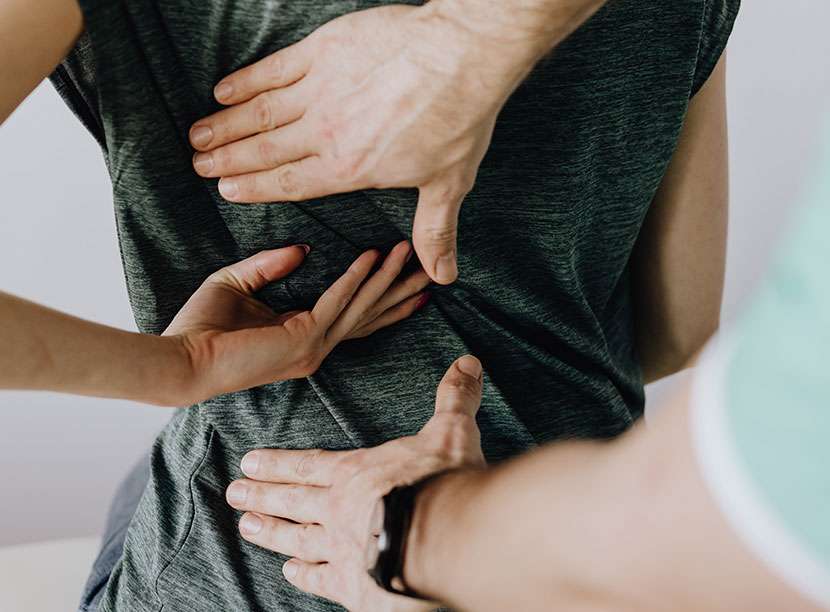The spine is one of the body’s most important structures, granting us the ability to sit, stand, and move freely. Unfortunately, with its flexibility and tendency to bear impact, the spine is also particularly susceptible to chronic conditions. One such condition is spinal stenosis.
In this article, we’ll provide a complete overview of spinal stenosis, including how to naturally manage this often debilitating condition.
What is Spinal Stenosis?
Spinal stenosis occurs when the spinal canal narrows, leaving less space surrounding the spinal nerves. Although some people are born with an abnormally narrow spinal canal, which is known as congenital spinal stenosis, it more frequently results from age-related wear and tear on the spine. In some cases, spinal stenosis results from a spinal injury, like a vertebral fracture.
Symptoms of Spinal Stenosis
Early cases of spinal stenosis may present with no symptoms. But, as the condition progresses, patients may experience:
- Back pain, most often in the lower back
- Pain that radiates from the lower back through the buttocks and down the backs of the legs (sciatica)
- Numbness, tingling, and/or weakness in the extremities
- A pins and needles sensation in the extremities
Spinal stenosis may trigger neurological symptoms, like numbness and tingling, when the narrowing spinal canal presses on a nearby nerve. Additionally, pain from spinal stenosis tends to worsen when you stand or walk for extended periods, but improve when you lean forward or sit down.
How is Spinal Stenosis Treated?
If you’re struggling with spinal stenosis, you may be concerned about the need for surgery to alleviate your symptoms. But, thankfully, patients today have access to more non-surgical treatments than ever. Additionally, physicians will only suggest spinal surgery if all other treatments fail.
Many at-home methods can help manage your symptoms, such as heat or cold therapy and over-the-counter pain medications. Additionally, chiropractic care is a drug-free, non-surgical treatment option that may help you overcome spinal stenosis symptoms.
Chiropractic care focuses on the alignment of the spine. In helping you achieve optimal spinal alignment through manual adjustments, decompression therapy, and targeted exercises, your chiropractor can lessen the impact on your spine with day-to-day movements. Chiropractic care also promotes healing by increasing circulation to the injured area of the spine.
Dr. Krzeminski at Wasserman Chiropractic is a trusted chiropractor in Coral Springs, offering expert care for spinal stenosis and other spinal conditions. Contact us today to schedule an appointment!




